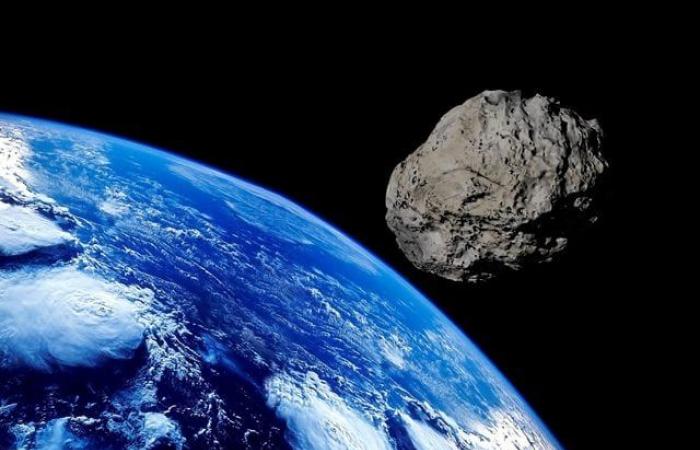The potentially hazardous asteroid 2024 MK will make an extremely close pass by Earth on Saturday, June 29. In fact, it will be closer to the perigee than the Moon. The maximum estimated dimensions are 270 meters, the size of two St. Peter’s Basilicas.
At 13:44 Coordinated Universal Time (UTC) – le 3.44pm Italian time – Of Saturday 29 June 2024 a large potentially dangerous asteroid will make a particularly close passage to the Earth. It’s about 2024 MK, a “space rock” discovered on June 16 this year by the telescopes of the ATLAS Observatory in South Africa. The object has an estimated diameter included between 120 and 270 meters; this means that it has a maximum size comparable to that of two St. Peter’s basilicas, among the largest buildings in the world. The impact with the Earth’s surface would have a devastating impact, considering that a 100-meter asteroid would be capable of leveling New York City in an instant, killing 6 million people. Fortunately, although classified as “potentially dangerous” by the NASAfor the passage at the end of June there is no risk of collision with our planet.
According to calculations by the Center for Near Earth Object Studies (CNEOS) at NASA’s Jet Propulsion Laboratory, asteroid 2024 MK will have a maximum approach to Earth of 0.00196 astronomical units (AU). Since one astronomical unit corresponds to approximately 150 million kilometres, which is the distance that separates the Earth from the Sun, this means that the space stone will “graze” the Earth passing over our heads at just 293,000 kilometres. This is a trifle from an exquisitely astronomical point of view. Suffice it to say that the moon is on average 384,000 kilometers from Earth, while the perigee – i.e. the minimum distance – occurs between 356,000 and 370,000 kilometers. In practice, asteroid 2024 MK will pass within the smallest orbit that the natural satellite can make around our planet. As indicated, there is no risk of collision.
A potentially hazardous asteroid is a space rock with a diameter of at least 150 meters which approaches Earth’s orbit to within 0.05 astronomical units, i.e 7.5 million kilometers. With its size and an approach of less than 300,000 kilometers, 2024 MK therefore has everything it takes to be included in this NASA list. In the event of an impact with the Earth, the object would cause a real disaster at a local or regional level, but would not have characteristics capable of triggering a mass extinction phenomenon. Suffice it to remember that theasteroid chicxulubthe one that made non-avian dinosaurs extinct 66 million years ago, at the end of the Cretaceous, had dimensions estimated at more than 10 kilometers.
Solar storm forecast for today Monday 10 June 2024: what are the risks on Earth
Impacts of these giants, in addition to provoking tsunami with waves hundreds of meters high capable of traveling at monstrous speeds and triggering global fireswould raise into the sky such a quantity of debris from obscure the Sun for years. This, in addition to the collapse in temperatures, would determine the collapse of the flora (unable to carry out photosynthesis) and subsequently that of the fauna; first the herbivores and then the carnivores that feed on the latter. Fortunately, the passage of 2024 MK on June 29, 2024 will be just an excellent opportunity to study the celestial body in detail.






